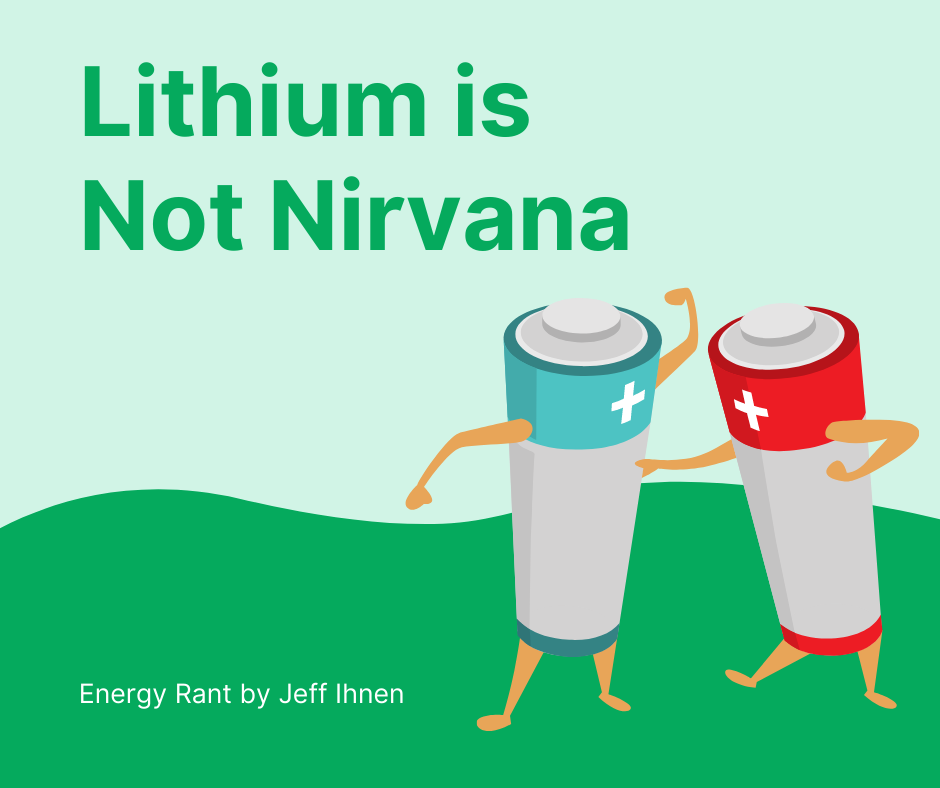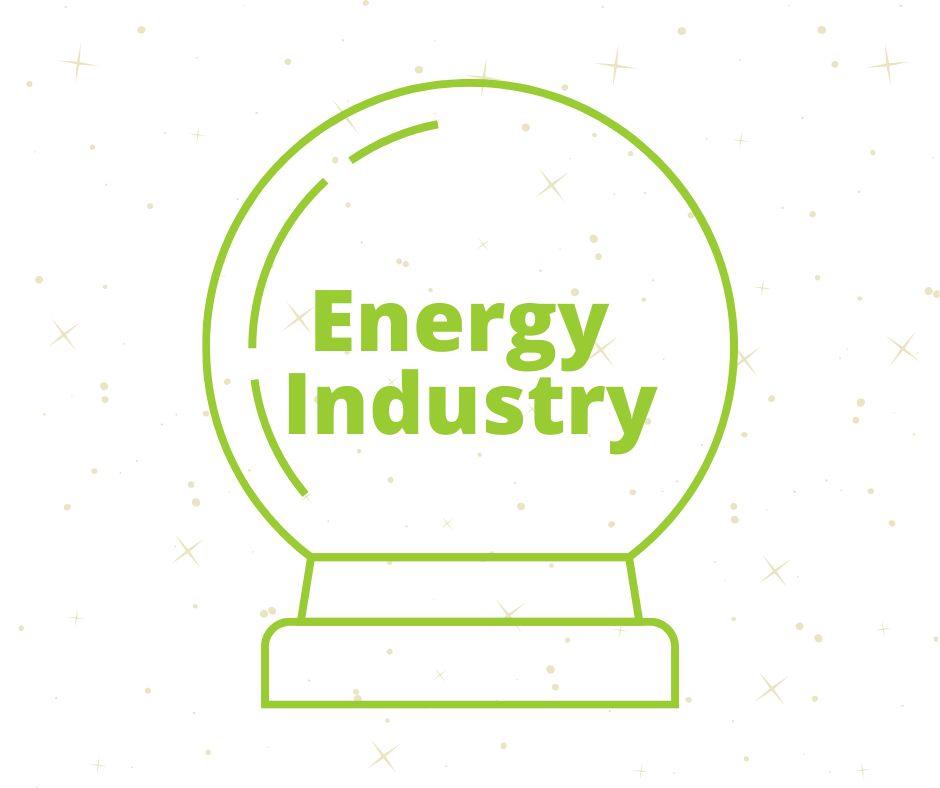
by Jeff Ihnen | Jan 13, 2021 | Energy Rant
I am typically afforded the freedom to chase rabbits as I write these posts, but last week my mission was to reflect on 2020 and forecast 2021. In the process of starting that, I chased a rabbit that is the subject of this post. It is as easy to shoot down ideas as it...

by Jeff Ihnen | Jan 6, 2021 | Energy Rant
If it’s worth doing, it’s worth doing now. That quasi-cliché is why I have never had a New Year’s resolution, and I’m not going to start in 2021, but I can review the past and forecast (guess) the future. Soothsaying is part of my job, and I’m at least as accurate as...

by Jeff Ihnen | Dec 22, 2020 | Energy Rant
Do squeaky wheels get the grease? No. They get replaced (Peter’s principle). Adulators get dessert. That is the case this week as I had considerable positive feedback from last week’s post: 12 schemes for waste and carbon-reduction. I will move one step upstream of...

by Jeff Ihnen | Dec 16, 2020 | Energy Rant
Back in the day, when I was interviewing college kids for full-time employment with us, I would ask them to tell me about things they have done in their personal experiences to save energy. The purpose was twofold, 1) do you dig efficiency, or are you just looking for...

by Jeff Ihnen | Dec 9, 2020 | Energy Rant
For those of you who are not doctors or veterinarians for our beloved pets, have you ever been in an exam room when the technician brings in X-RAY results and posts them on the backlit thing and leaves you alone with them before the doctor arrives? I was in this...






